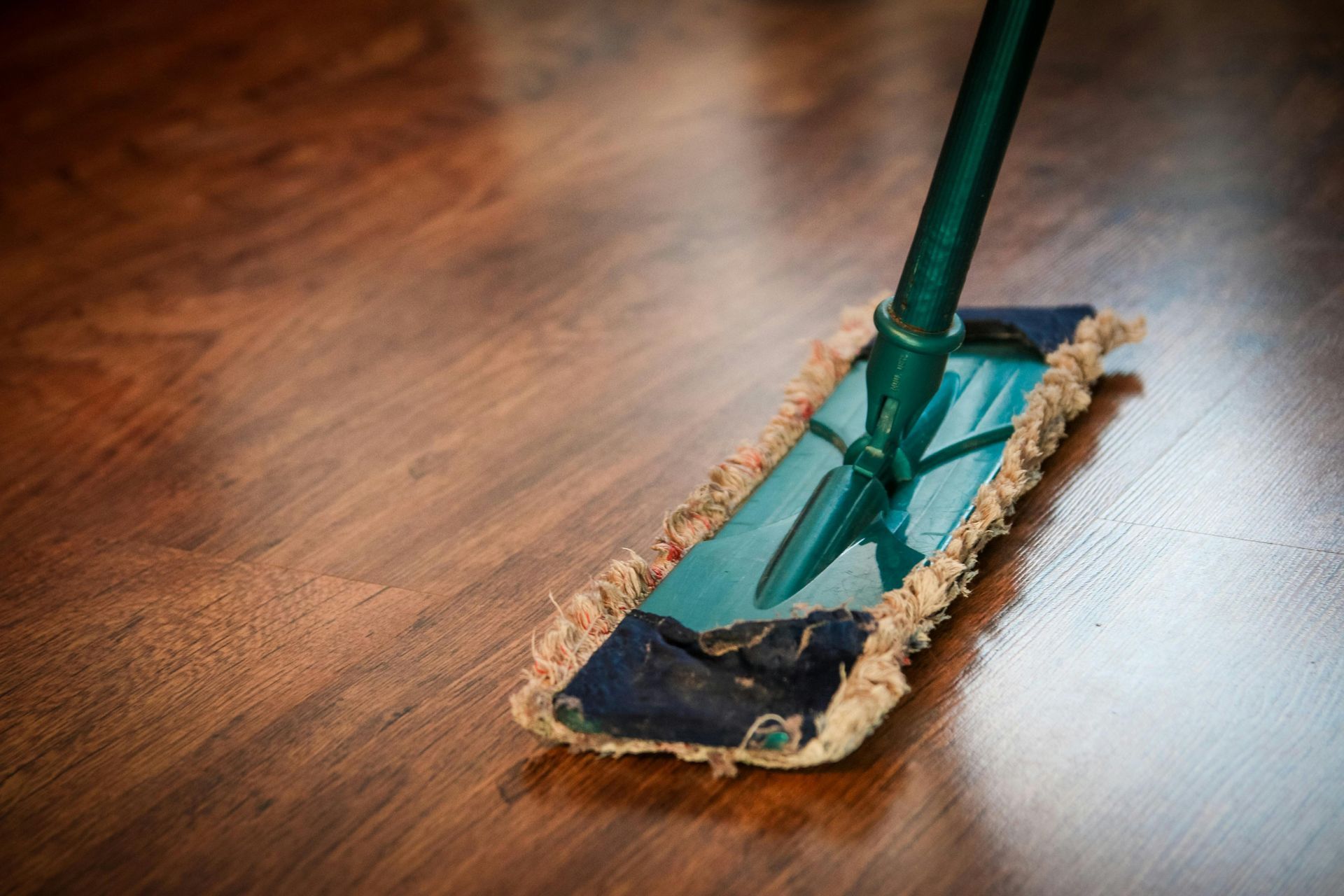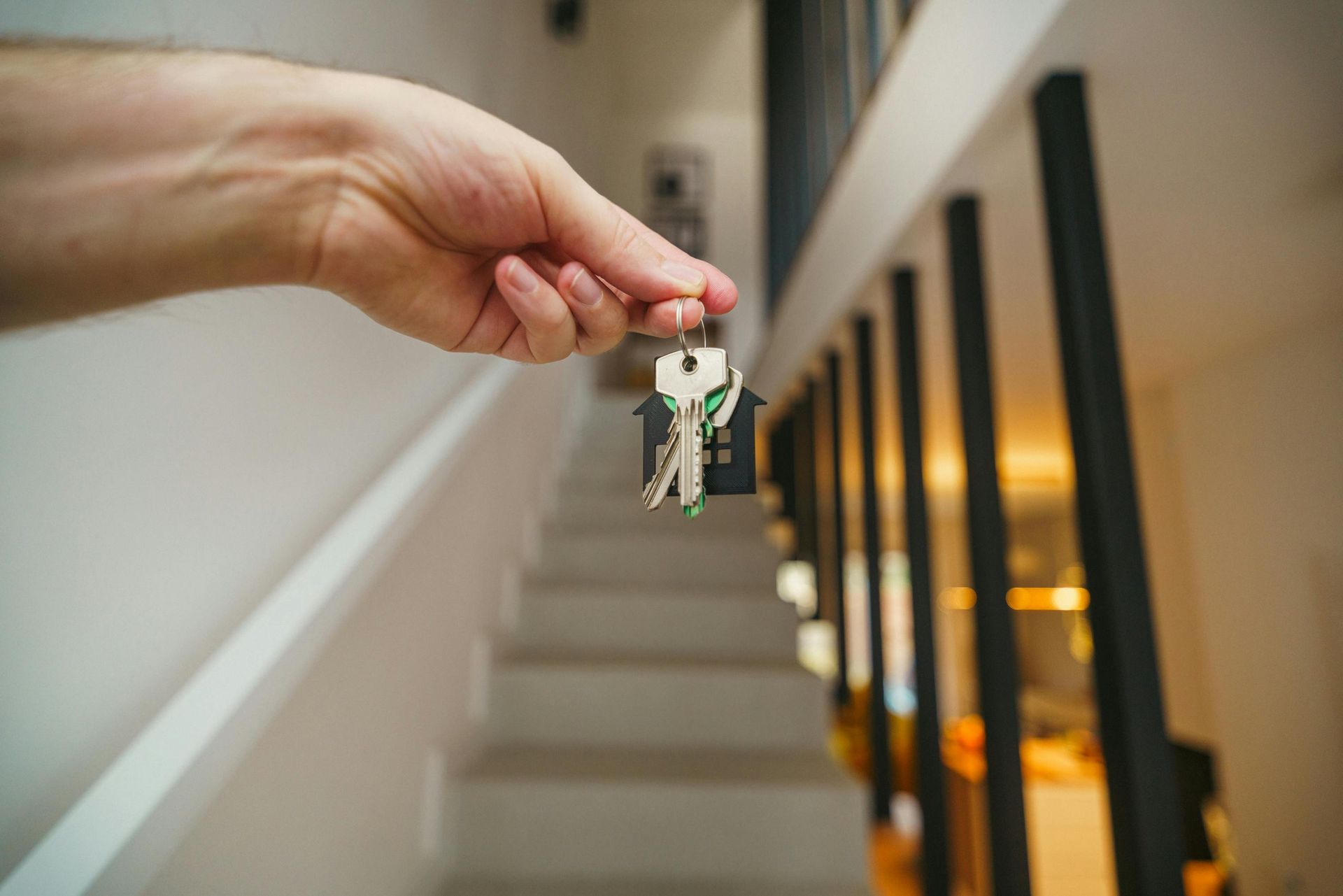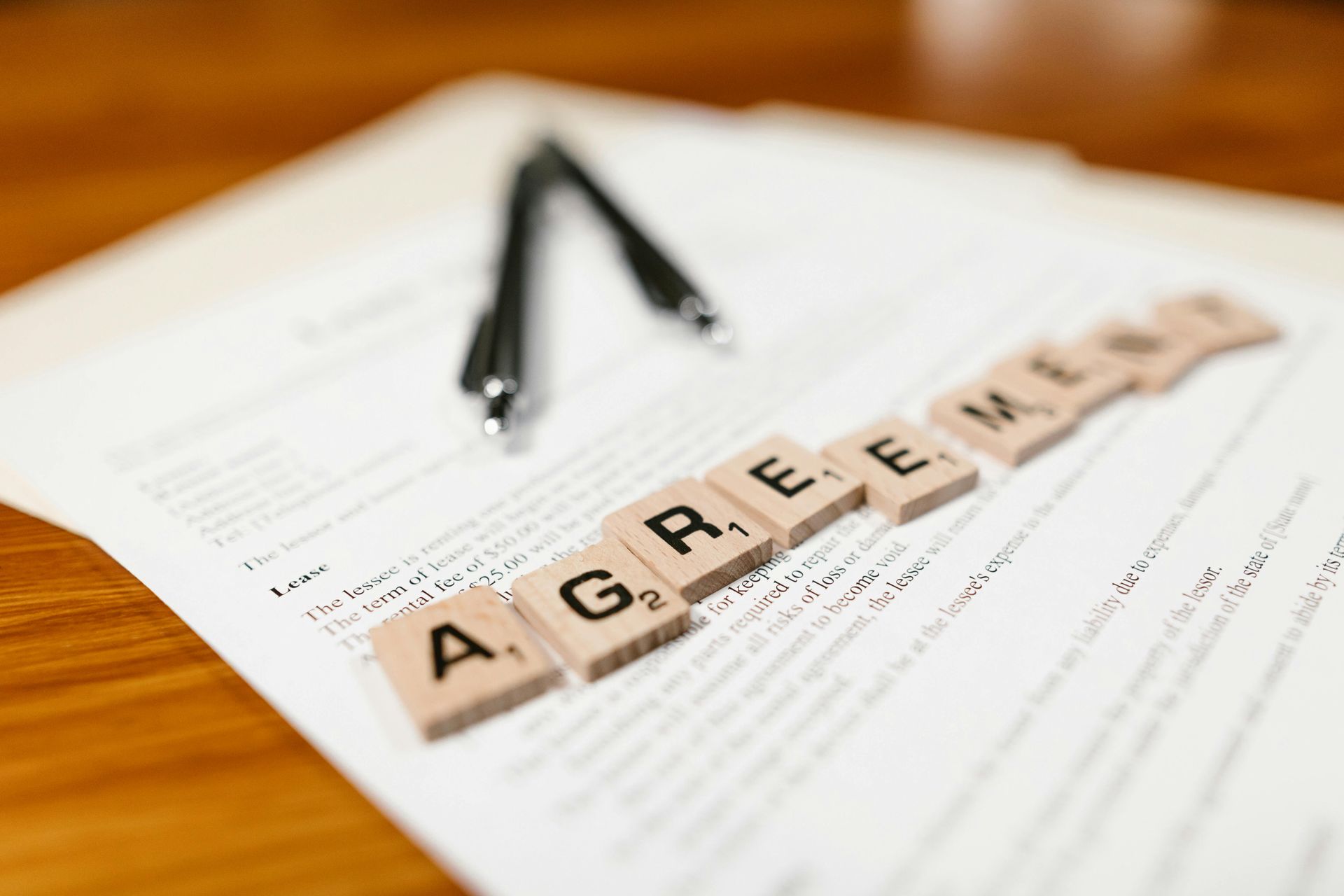Tips for Long-Distance Landlords: Managing Properties from Afar
Being a long-distance landlord can be both rewarding and challenging. Whether you’ve relocated, invested out-of-state, or simply want to expand your portfolio beyond your local area, managing rental properties remotely requires a strategic approach. The most advisable option for long-distance landlords is to hire a reputable local property management company. A professional manager can handle tenant relations, maintenance, emergencies, and legal compliance—giving you peace of mind and freeing up your time.
However, if you intend on managing your property yourself, here are the key things you should keep in mind to ensure your investment stays secure and your tenants remain satisfied:
1. Screen Tenants Thoroughly
Your first line of defense as a remote landlord is selecting reliable tenants. Use comprehensive tenant screening services to check credit, employment, rental history, and criminal background. Reach out to references and verify all information. A trustworthy tenant reduces the risk of late payments, property damage, and costly turnovers.
2. Create a Rock-Solid Lease
A clear, detailed lease agreement is essential when you can’t be there in person. Spell out responsibilities for rent payments, maintenance, repairs, and property rules. Review the lease with your tenants before move-in, and make sure they know how to reach you for questions or emergencies.
3. Prioritize Communication
Establish open lines of communication and be responsive to tenant needs. Use email, phone, or messaging apps, and consider scheduling regular check-ins. Prompt, attentive communication builds trust and encourages tenants to care for your property.
4. Embrace Technology
Leverage property management software to handle applications, leases, rent collection, and maintenance requests all in one place. Virtual communication tools like Zoom or WhatsApp allow for face-to-face meetings and virtual property tours. Digital signature platforms make lease signing easy and secure.
5. Automate Where Possible
Automate rent collection, bookkeeping, and maintenance tracking to save time and reduce errors. Online payment platforms and tenant portals make it easy for renters to pay on time and submit requests, while you can monitor everything remotely.
6. Build A Trusted Local Team
Have a reliable network of local professionals—contractors, handypeople, and service providers—who can respond quickly to emergencies or repairs. If you don’t have a property manager, consider at least having a local representative who can handle inspections, maintenance, and tenant issues when you can’t be there in person.
7. Conduct Regular Property Visits
Even as a remote landlord, try to visit your property at least once a year. Use these visits to inspect the condition, perform preventative maintenance, and connect with your tenants or local team. Travel expenses for business-related property visits are often tax-deductible, so keep good records.
8. Stay Organized and Proactive
Keep all documents—leases, inspection reports, maintenance records—digitally organized and accessible. Set reminders for important dates like lease renewals, inspections, and maintenance schedules. Proactive management helps prevent small issues from becoming major headaches.
Long-distance landlording is entirely achievable with the right systems and support in place. However, hiring a local property management company is often the smartest way to protect your investment and ensure smooth operations. If you choose to self-manage, following these tips will help you stay on top of your responsibilities and keep your property running smoothly.
And of course if you are ready to simplify remote property management, give us a call! We have a number of out of state clients we manage properties for. We help achieve profitability for you, while providing attentive, full-service management of your investment.














